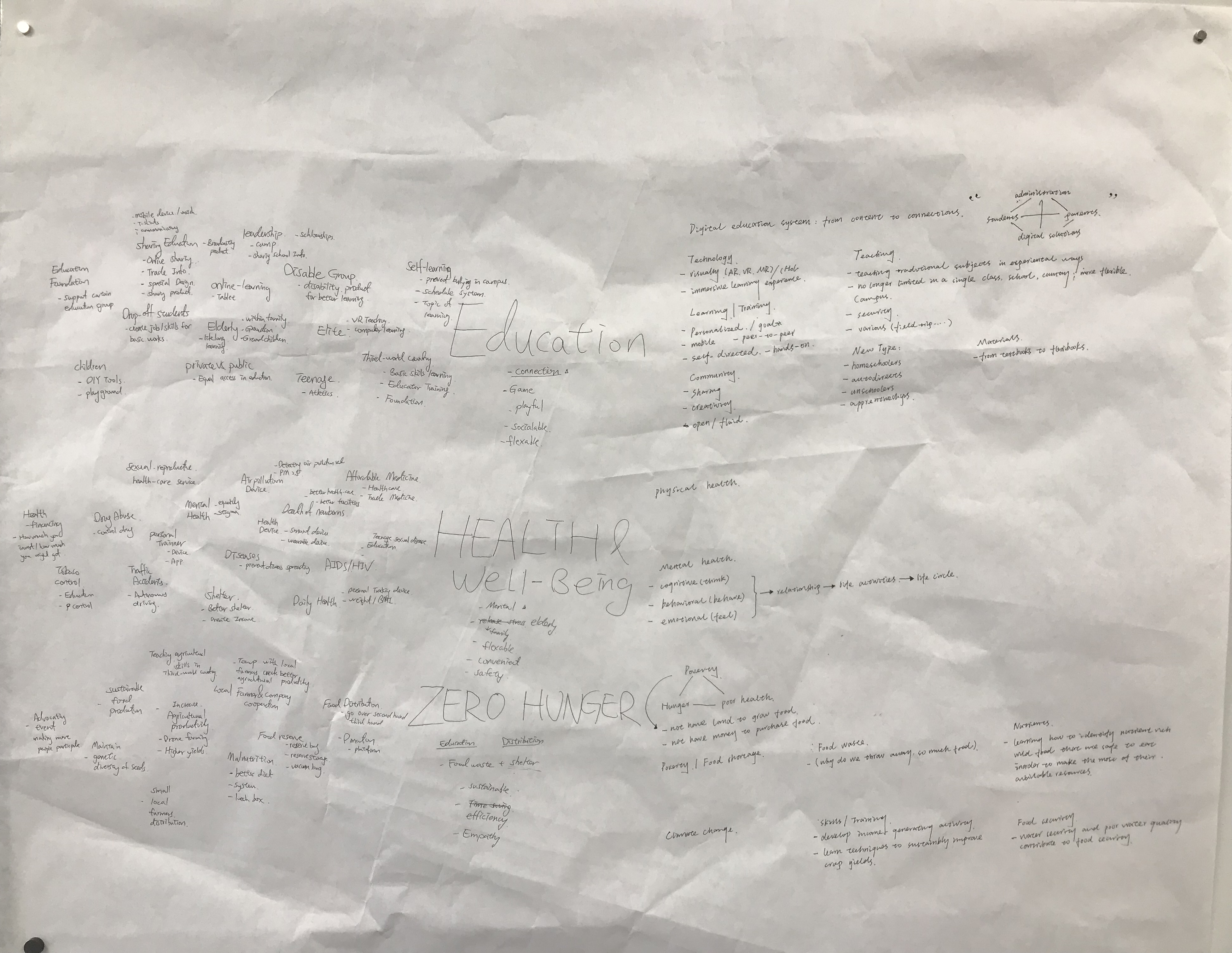 xun liu
xun liu 
Nonprofit
Quality Education
Sustainability
14 weeks
Desktop
This project was born out of our passion for care about the quality education of homeschoolers. We combined the science of learning to design a better online educational experience. We want to create a system to foster global interaction and improve collaboration skills to help homeschoolers live in California.
Our main aim was to create a web-based desktop online education platform and interactive board game for homeschoolers by delivering knowledge to aged 8-12 homeschoolers interactively and playfully through project-based learning. Allow them more engaging in the global.

CoCivi is a 14 weeks project that I did in the 2019 Summer.Our design team consisted of two people: Jason Liu, the product designer. As an interaction designer, I mainly responsible for doing the research, content strategists, developed conception and creating UX/UI, and fast prototyping.
Our challenge was developing educational games that fit into one user-friendly product. We did many expert interviews and paid a lot of attention to figure out different board game-playing usage and understanding how that can we allow our user to interact with our online website education during the process.
CoCivi aims to bring homeschoolers together to form a stronger education community and offering helpful online learning experiences and international competition. We strive to bring creativity, collaboration, critical thinking, communication into the homeschool community online space.














3.4%
2 million
198,947








The biggest stereotype surrounding homeschooling is that constant one-on-one teaching deprives kids of the socialization they need to thrive. However, it doesn't the truth. Homeschooled kids are just as likely to play soccer and do group projects as any other students. So we decided to change direction and focus on quality education use the method of through target groups' "Needs," "Behaviors," "Frustrations," "Gaps," and "Goals," target our users' main current pain points and come up with solutions.



Homeschoolers from 8-12.
A platform that is delivering knowledge, interactively and playfully.
Through project-based learning and problem-solving strategy allow them to train collaborative skills and more engaging in the global.





In Project Based Learning, students engage them in solving a real-world problem or answering a complicated question. They demonstrate their knowledge and skills by developing a public product or presentation for a real audience. As a result, students develop in-depth content knowledge and critical thinking, creativity, and communication skills to do an authentic, meaningful project.
I designed how we expected the information architecture to be. We break down the hierarchy based on the user's needs and goals. The flow chart below is the final information architecture.









The games we developed.





Prototyping process of interactive board game.

User testing the interactive board games.
The overall objectives were to observe how seamless participants' interaction with the app would be.

Through this journey, I have enhanced myself in understanding the broad spectrum of design, thinking about the limitations and asking the right questions. Except in design, I also learned about was how to launch a product from a business perspective.
This website is targeted to help homeschoolers more engaging in the world. To create a digital presence for a service with a large and diverse member base, user testing is essential. We did quick tests that assessed usability. As for the next steps, it would be great to test the prototype with homeschoolers further to observe their behavior and get more positive feedback to work on more iterations and further refine the products at a different level.
👀 That's all for now! 😊 Thanks for reading!